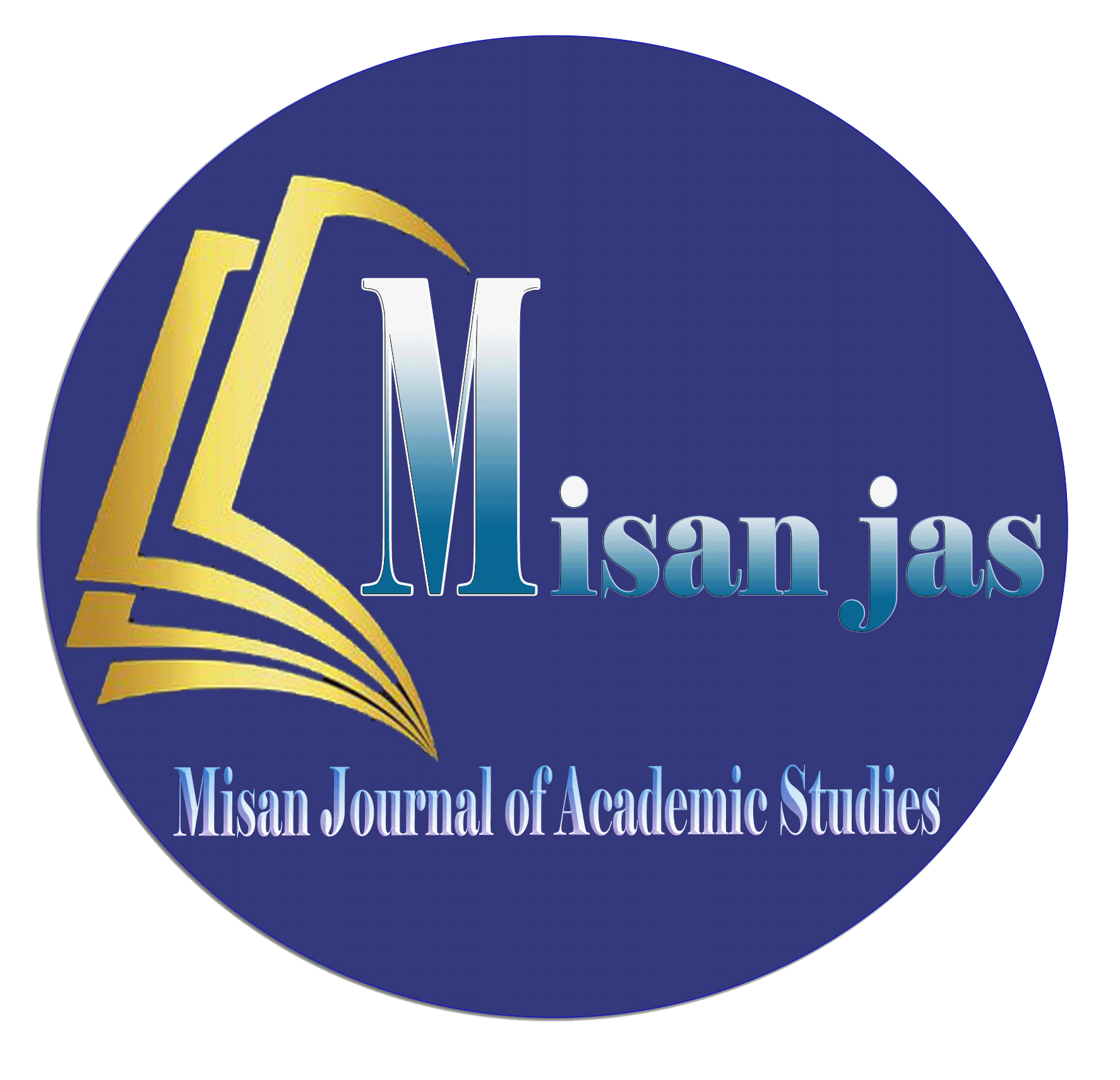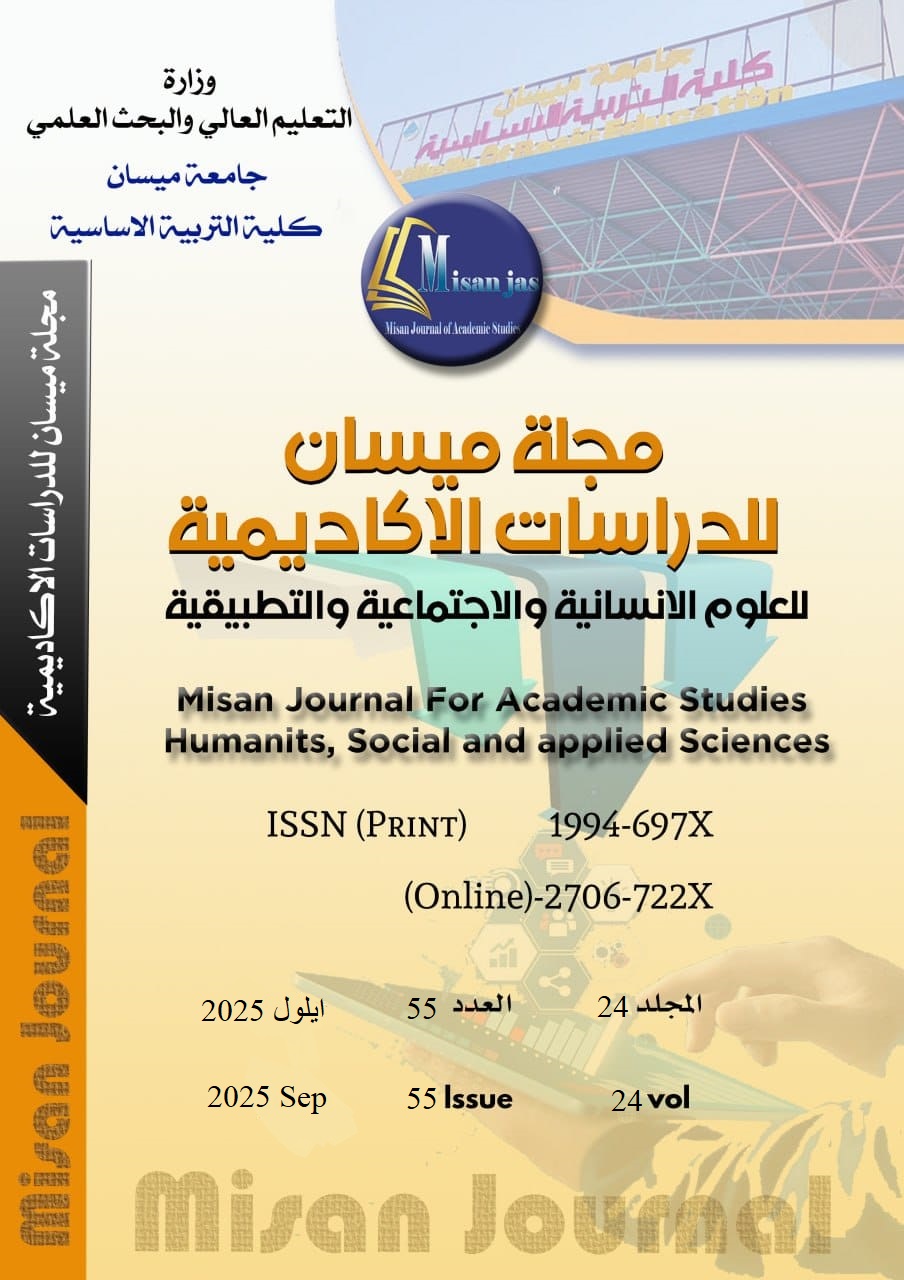Reptiton in Surah Ghafir, Fussilt, and Ash-shura- An Applied Study
Abstract
The Holy Quran has many unique characteristics and attributes, including its miraculous nature, which has baffled eloquent Arabs, both ancient and modern. Miraculousness has many facets, including eloquence, a unique style of composition, rhetoric, and... Among these characteristics is its use of repetition, which is considered one of the most profound types of miraculousness. Repetition in the Holy Quran is not in vain or without benefit, but rather comes to achieve benefits. The question here is: What are these benefits? This research seeks to address the issue of repetition in three surahs of the Holy Quran: Surat Ghafir, Surat Fussilat, and Surat Ash-Shura, and the rhetorical benefits achieved from it. The most important conclusion reached was that repetition in these surahs served lofty goals and objectives, including affirming specific contents, including the Oneness of God Almighty, His proof of the message, prophethood, and resurrection, and the arguments emanating from the polytheists... Repetition in these surahs varied between the repetition of letters, names, attributes, styles, content, and other elements.
Downloads
Copyright (c) 2025 (Humanities, social and applied sciences) Misan Journal of Academic Studies

This work is licensed under a Creative Commons Attribution-NonCommercial-NoDerivatives 4.0 International License.
The copyright is also the copyright of the magazine only.
All articles published in our magazine are subject to license terms
Creative Commons Attribution(CC BY-NC-ND 4.0) This license permits the content to be reproduced, redistributed and reused in whole or in part for any purpose free of charge, without any permission from the author(s), researcher or student.
Works submitted to Maysan Journal of Academic Studies for publication in the journal (CC BY-NC-ND 4.0) license terms. Where available content can be shared, distributed and replicated provided there is no commercial profit and appropriate credit must be given to the original source through sources or citations. It is mandatory to review any material used from other sources including shapes, tables, and images for re-use under the terms of the Creative Commons License (CC BY-NC-ND 4.0).Provided that there is no modification to the original content



